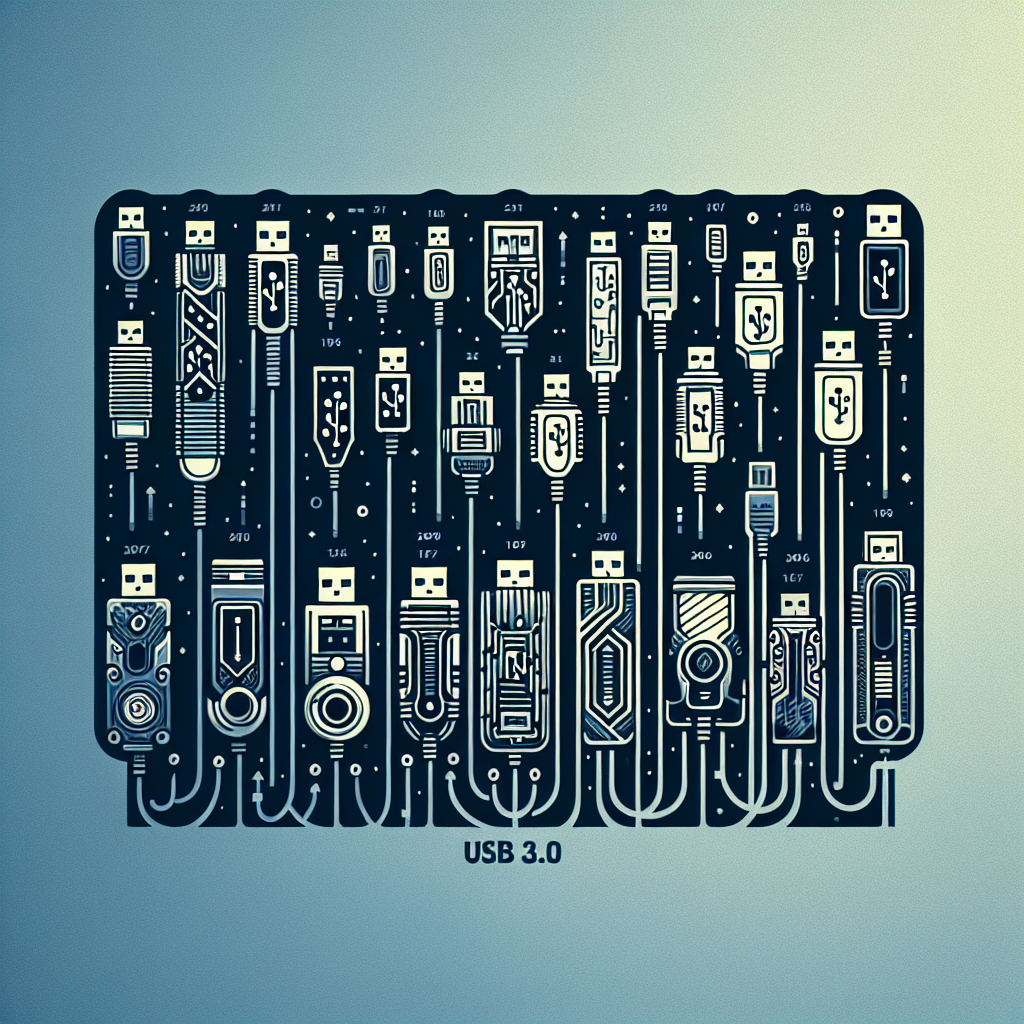The Universal Serial Bus, or USB, has come a long way since its inception in the mid-1990s. From its humble beginnings as a simple way to connect peripherals to a computer, USB has evolved into a versatile and widely-used standard for data transfer and power delivery. One of the most significant advancements in USB technology is the introduction of USB 3.0.
USB 3.0, also known as SuperSpeed USB, was introduced in 2008 and represented a major leap forward in terms of speed and performance compared to its predecessors, USB 2.0 and USB 1.1. One of the key features of USB 3.0 is its increased data transfer rates, with a theoretical maximum speed of 5 Gbps, ten times faster than USB 2.0. This increase in speed allows for faster file transfers, quicker backups, and overall improved performance when using USB devices.
Another important feature of USB 3.0 is its improved power efficiency. USB 3.0 devices are able to deliver more power to connected devices, allowing for faster charging of smartphones, tablets, and other devices. This is especially useful for devices that require more power, such as external hard drives or high-resolution cameras.
In addition to speed and power improvements, USB 3.0 also introduced a new connector design. The USB 3.0 Type-A connector is backwards compatible with previous versions of USB, but features additional pins for faster data transfer speeds. The USB 3.0 Type-B connector, on the other hand, is designed for use with devices that require more power, such as external hard drives.
Overall, USB 3.0 represents a significant advancement in USB technology, offering faster data transfer speeds, improved power efficiency, and a new connector design. As technology continues to evolve, it is likely that we will see further improvements in USB technology, but for now, USB 3.0 remains a versatile and reliable standard for connecting and powering our devices.


Leave a Reply